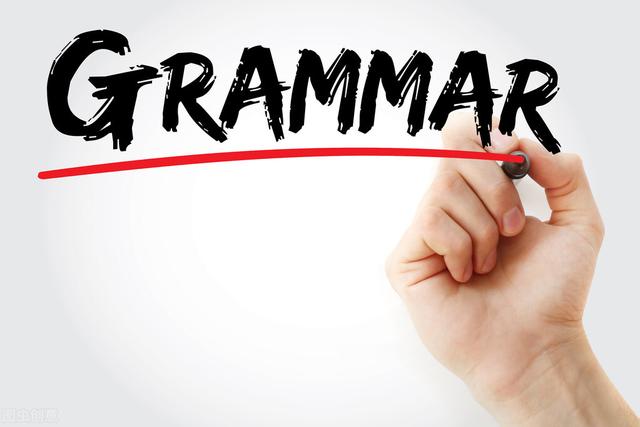由use构成的used to 和be used to是两个常用的短语,也是考试中出现最多的短语。有人搞不清它们的具体用法。
第一个搭配是used to,它的意思是“惯常,过去常常”,表示过去惯常性的动作。比如,I used to meet him on my way.我以前常常在路上碰见他。再比如,There used to be a meeting every Monday last month.上个月每星期一总会有会。再比如,I used to measure with this instrument.过去,我总用这个仪器来测量。

需要注意的,也是考点的是:used后面的要用带to的动词不定式,也就是to后要用原形动词,而且它表示过去发生的动作频率非常高或者十分经常的。如果要是表示过去时的频率不太高或者是不十分经常的动作,我们通常用would 原形动词。比如,When young, he would often ask himself,what does the optics trade off?他年轻时经常对自己提这样的问题,光学是研究什么的?
另外,要注意,有时used是use的过去分词,而后面不定式是该过去分词的目的状语的情况,比如说,The units used to measure time space and mass are called fundamental units. 用来测量时间、空间和质量的单位叫做基本单位。句子中的used to measure time space and mass是过去分词短语放在units后面,做后置定语。
另外一个搭配是be used to 名词或者动名词,表示“习惯于……”。这也是在各类考试中常常出现的题目。比如说,We are used to manual labor.我们对体力劳动是习惯的。本例句中,be used to后面跟了名词labor。I’m used to getting up early.我习惯早起。这个句子中 be used to后跟的是动名词getting。再比如:

He is not used to being spoken to like that.像那样的态度对他说话他是看不惯的。The fact that your boss came in from the outside is significant, because it means he may be used to doing things in a different way.你的老板来自外单位,这个事实非常重要,因为这意味着他或许习惯了不同的工作方式。在上面两个例子中,be used to后用了动名词being和doing。
另外一个形式是be used to 动词不定式,虽然跟上面的搭配形式类似,实则不同,意思也不一样,它表示 “用于做……”的意思。比如说,Some machines are used to gain force speed or direction.某些机器用来获得力、速度和方向的。再比如:

An axe is used to apply force to wood.斧头可用来对木头施加力。How might this knowledge be used to help people eat more healthily?如何利用这些知识来帮助人们吃得更健康呢?例子中的are used、is used和 be used都是属于被动语态。
,




